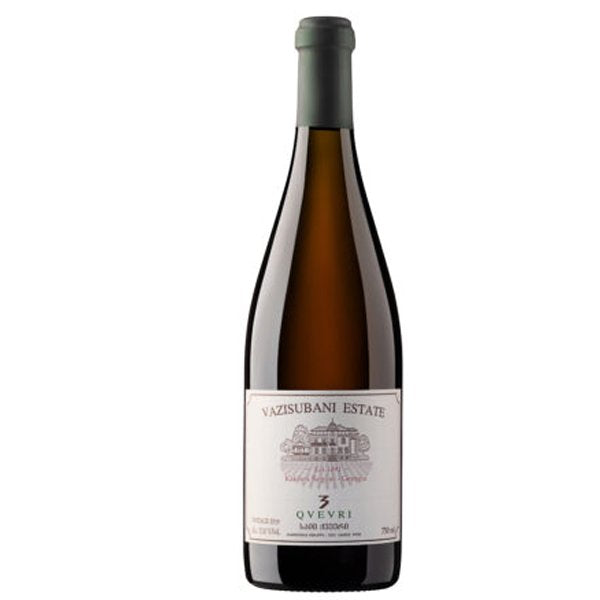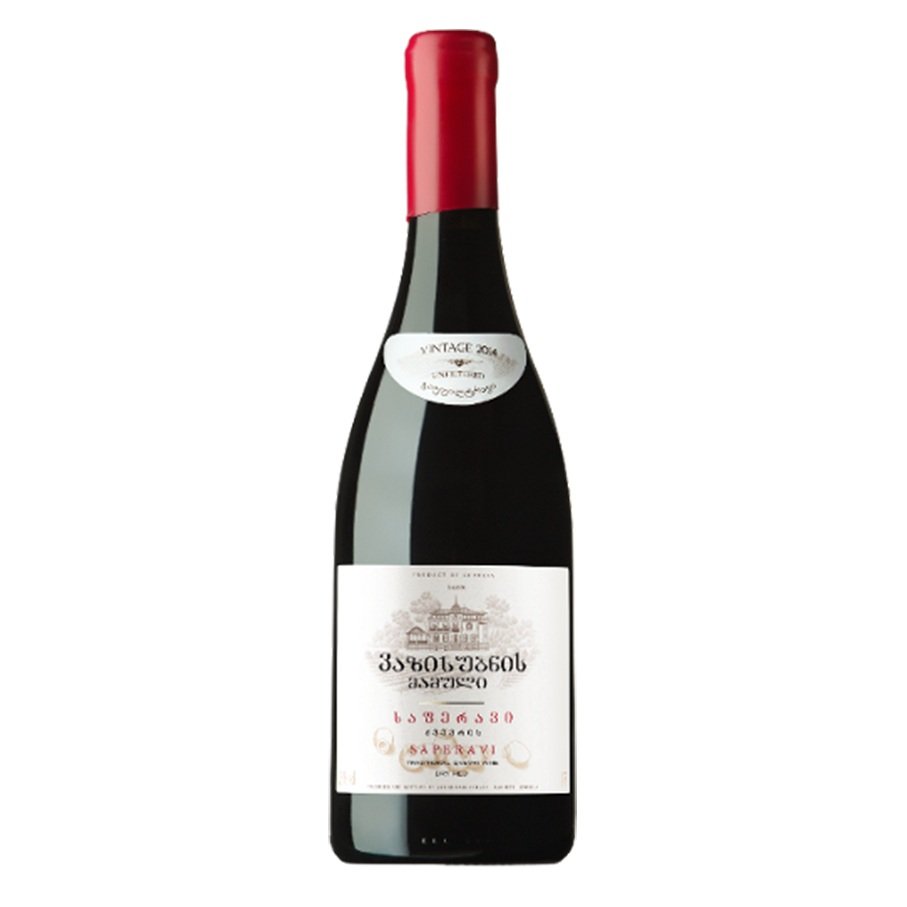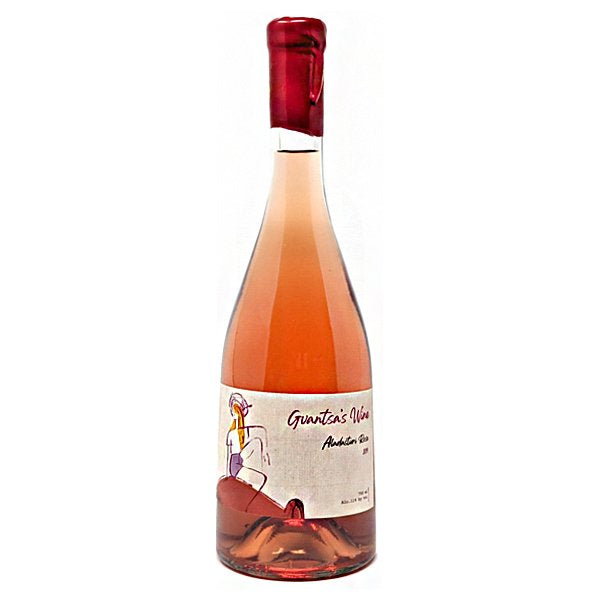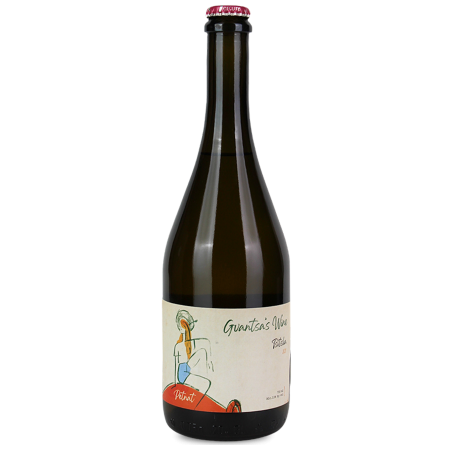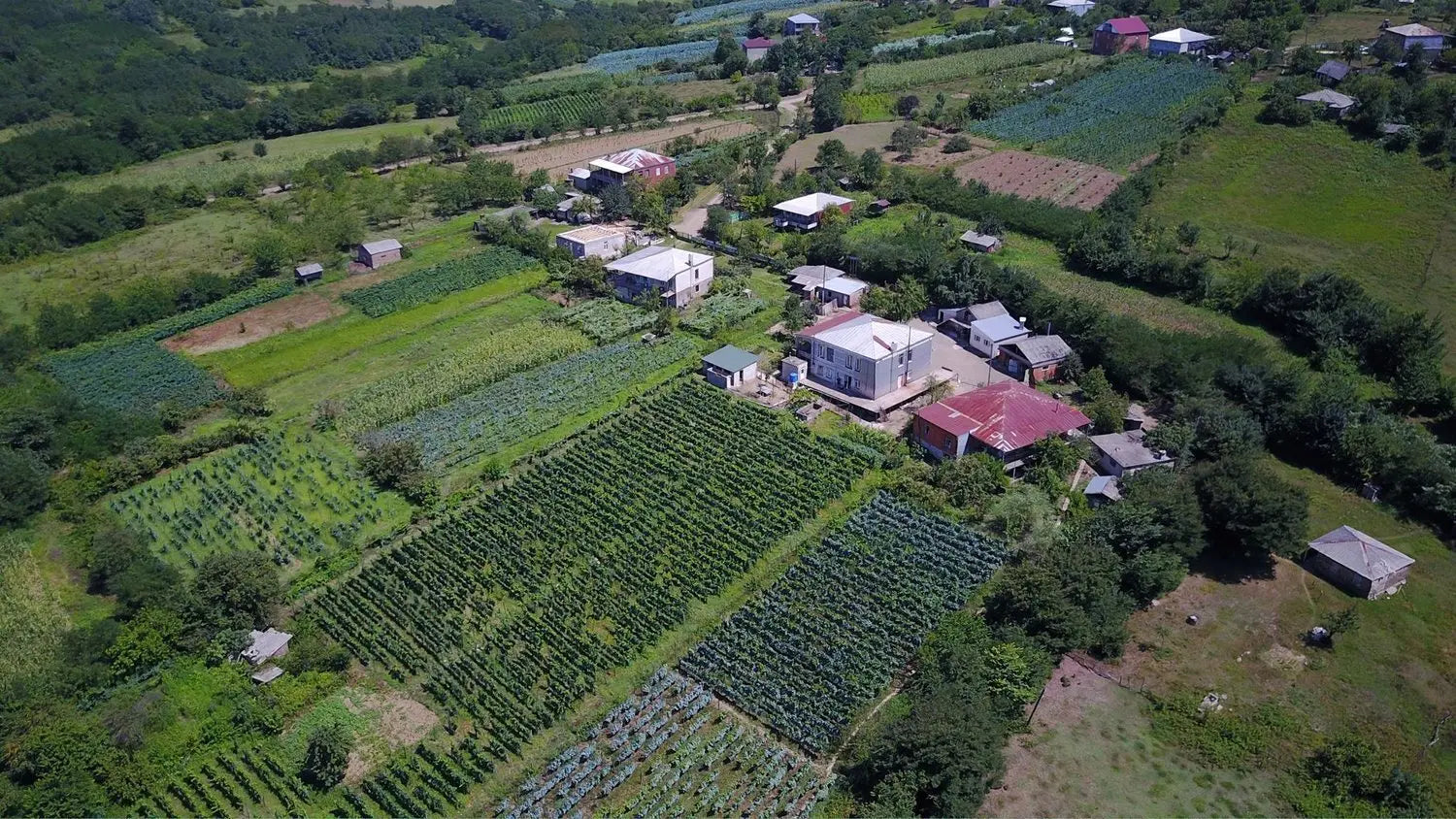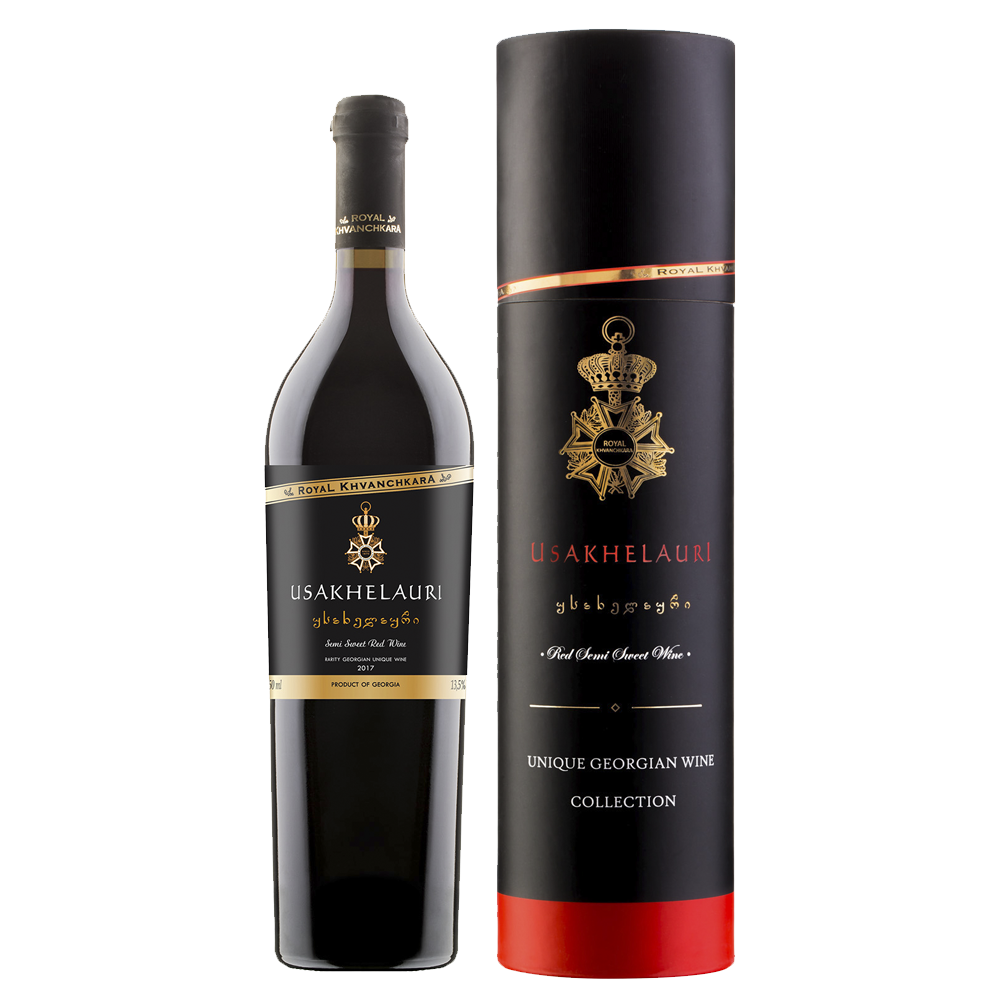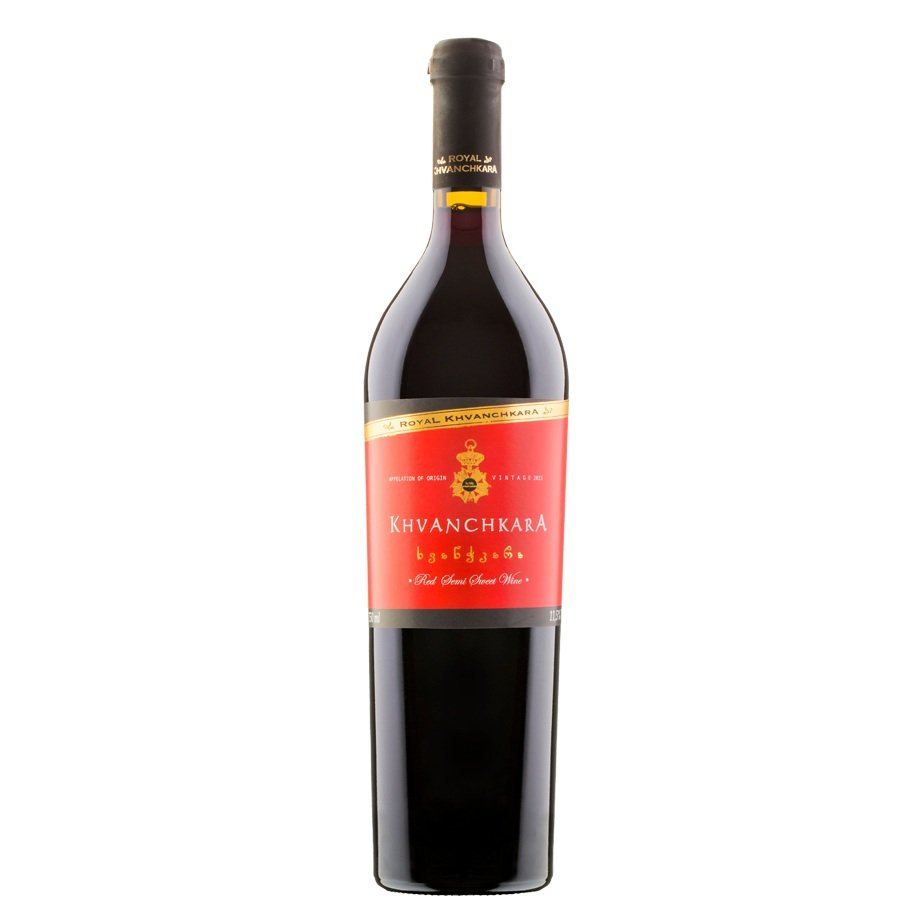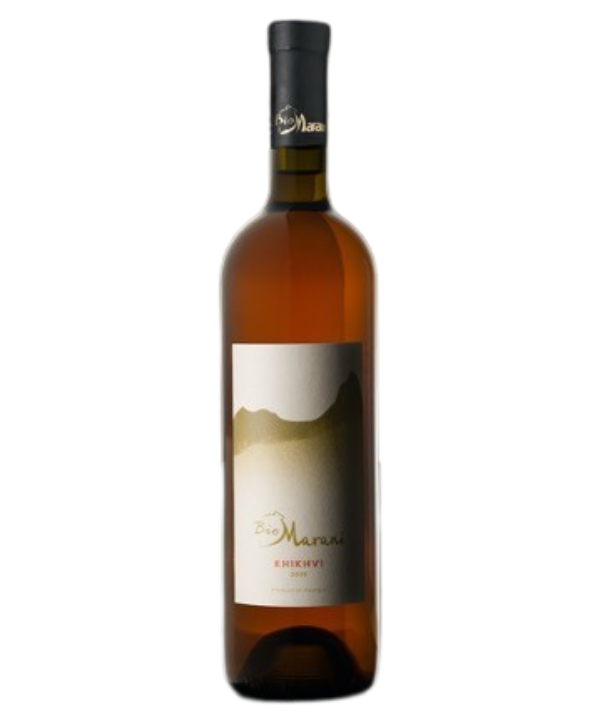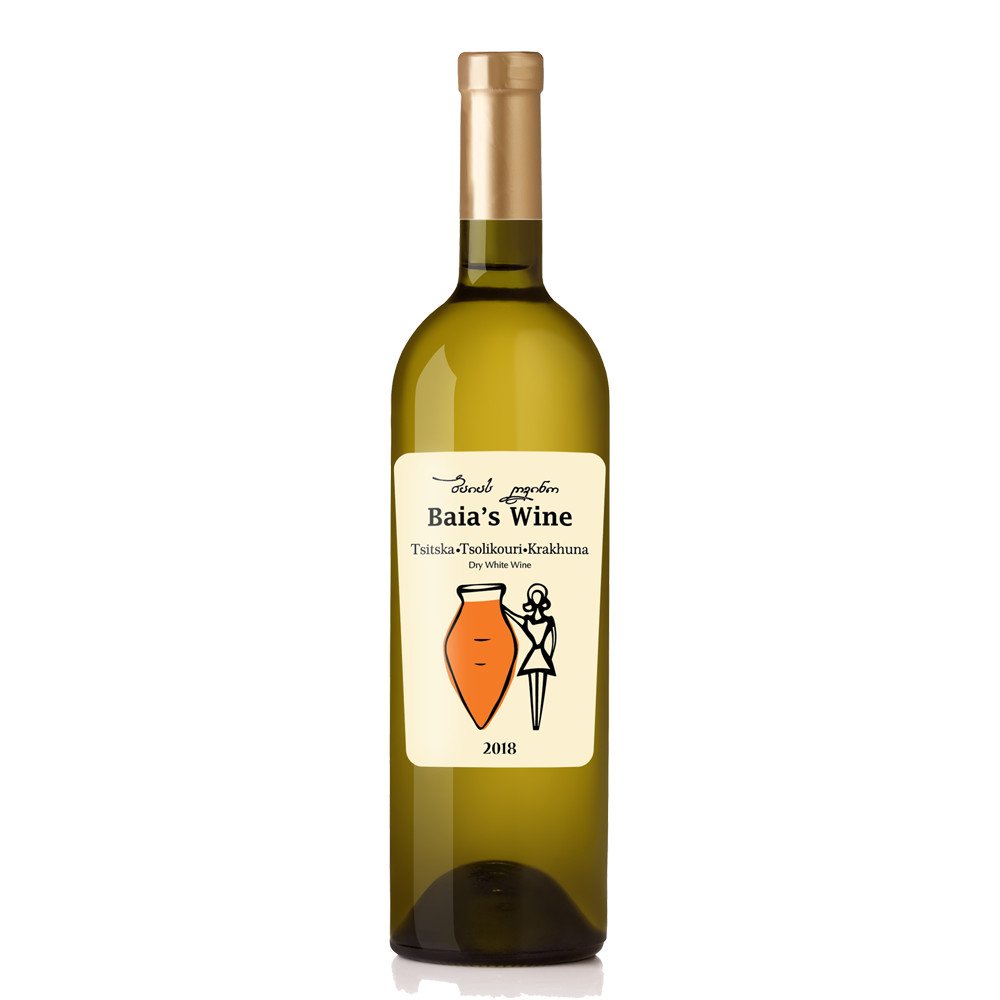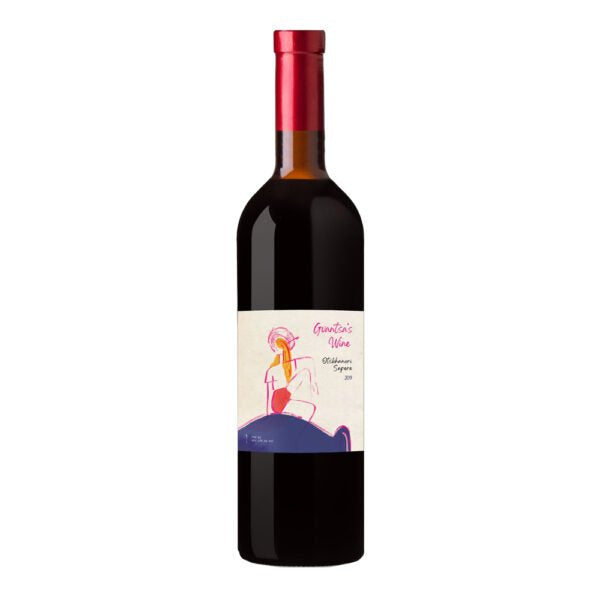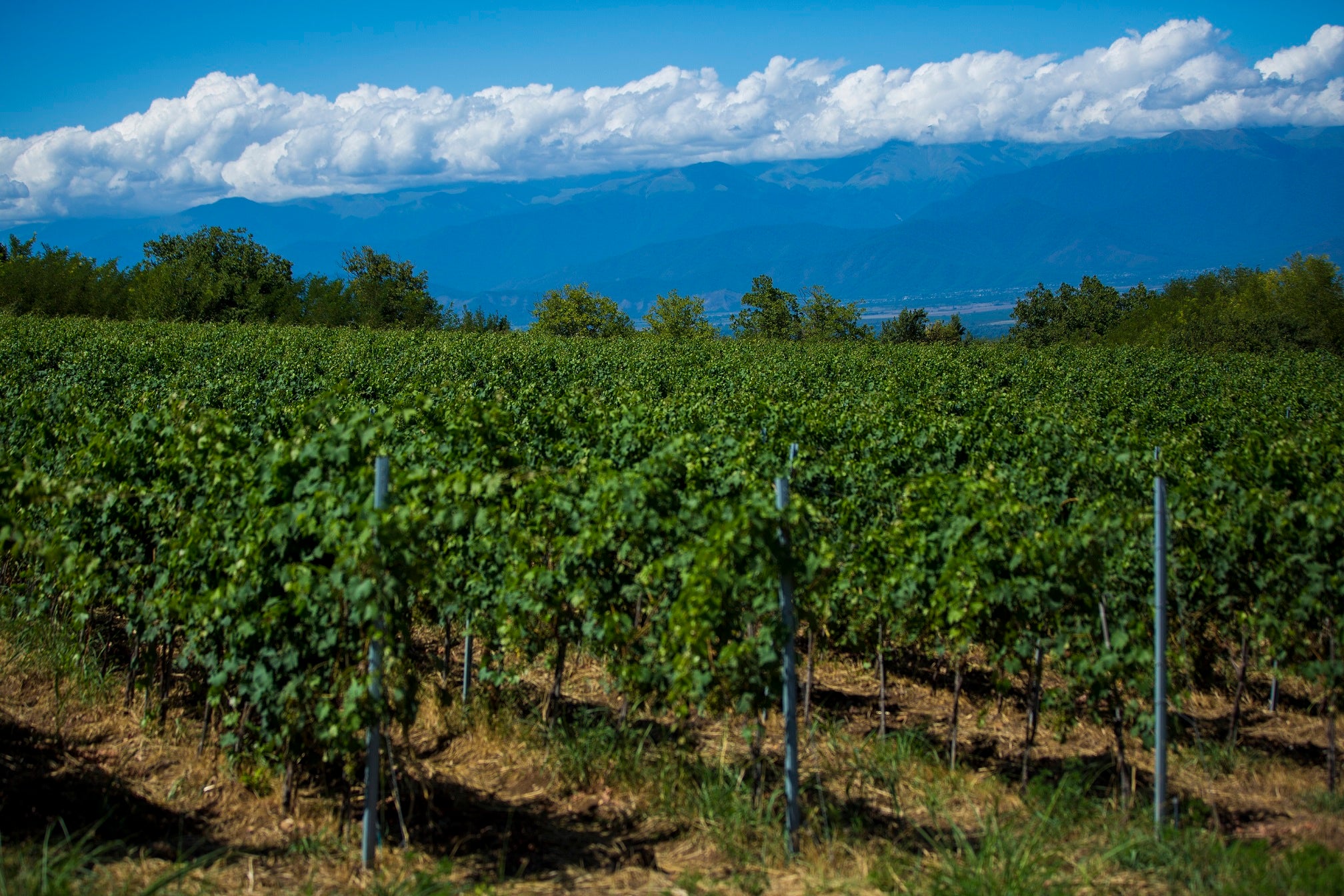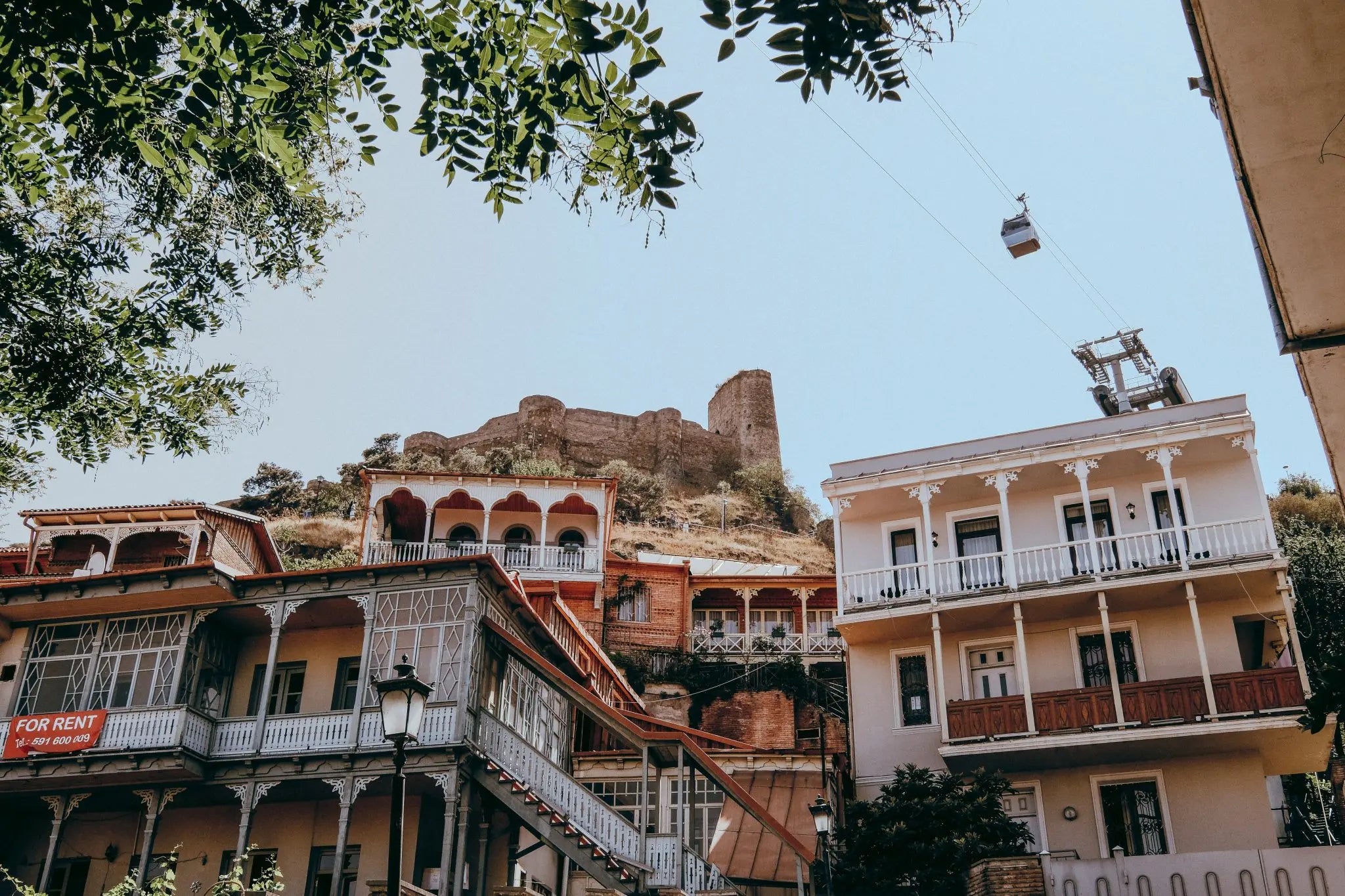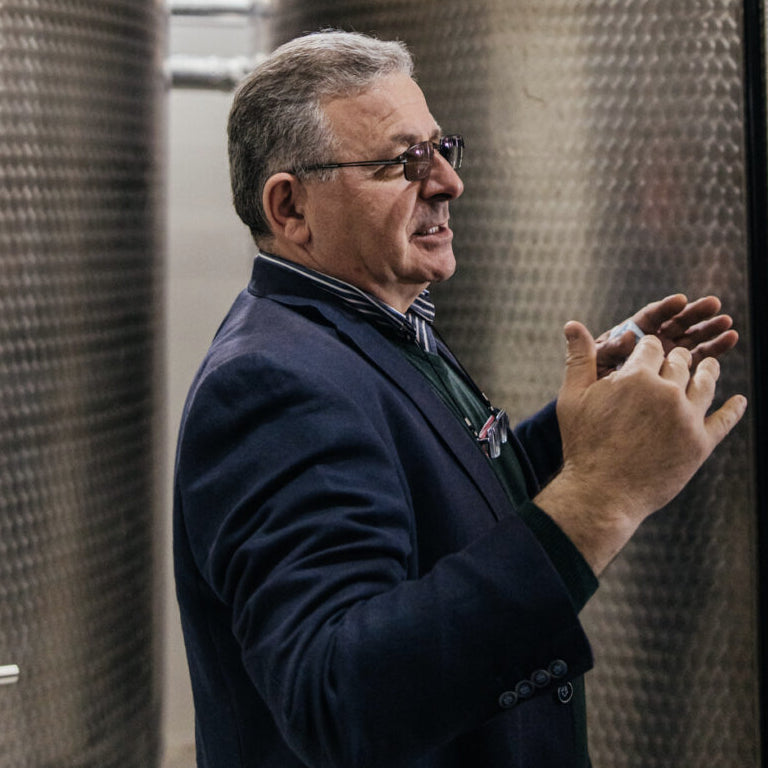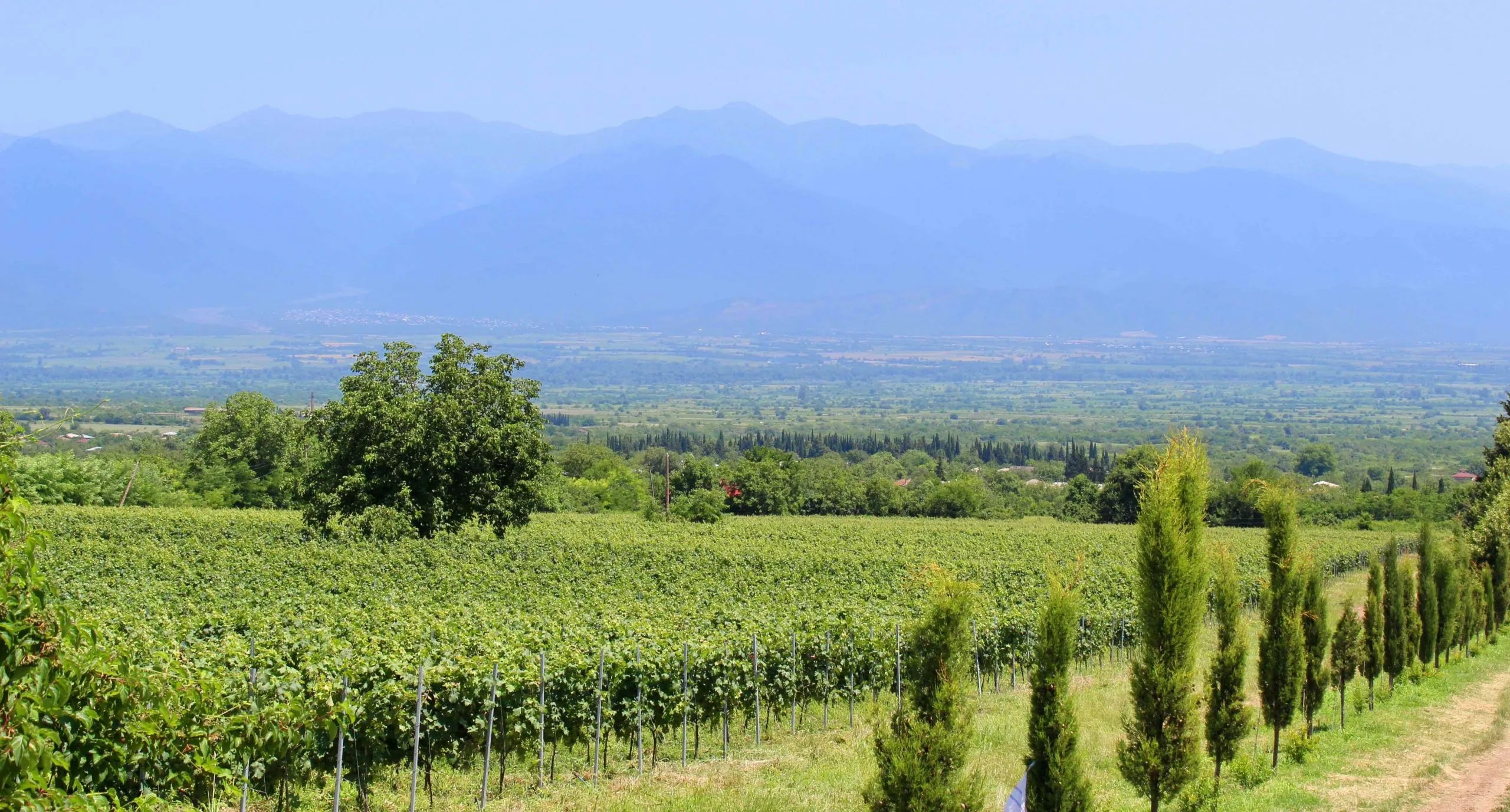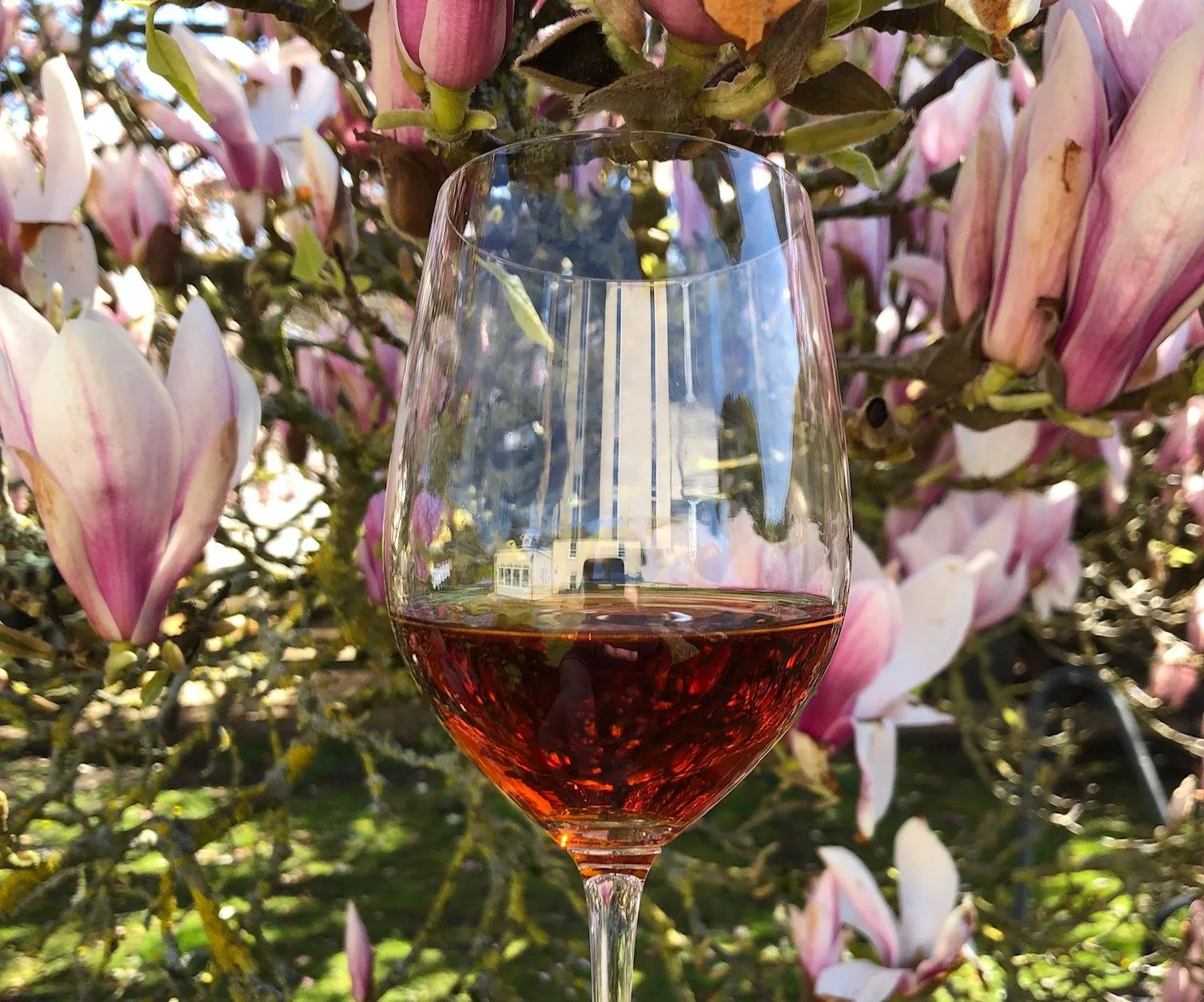Founded in 2017, gvino UK was established by friends Anzor
Mantskava and Danilo Di Salvo, their aim being, to bring a unique Georgian wine
experience to the UK. Georgian culture and its wine are currently going through
a renaissance as Europe discovers more about this beautiful and historic country.
They import award-winning wines from famous vineyards in
Kakheti, Imereti and Racha to showcase the very best of Georgia. The wines have
been exclusively selected from the vineyards of Vazisubani Estate, BioMarani,
Baia’s Wine, Royal Khvanchkara and Georgian Sun.
